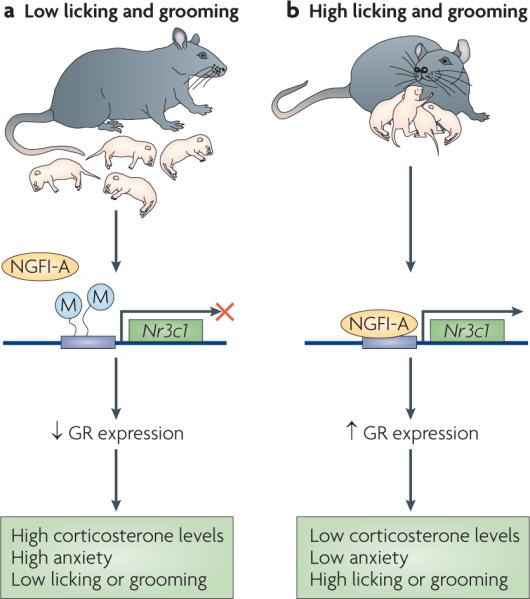Figure 1. Epigenetic mechanisms of stress responsiveness.

Female rats show a range of maternal behaviours, from low levels of licking and other types of grooming of their pups to high levels. These differences during early life can give rise to life-long differences in stress responsiveness65,66. a | Receiving low levels of grooming results in low levels of the transcription factor nerve growth factor-inducible protein A (NGFI-A; also known as EGR1) in the hippocampus, which permits increased methylation and repression of the glucocorticoid receptor (GR) gene in this brain region. Lower levels of GR expression in the hippocampus contribute to several traits in adulthood: higher levels of baseline and post-stress glucocorticoid (corticosterone) secretion, higher levels of anxiety-like behaviour and, in females, lower levels of grooming behaviour towards their own offspring. b | The offspring of high-grooming mothers have higher levels of hippocampal NGFI-A, resulting in less methylation of the GR gene and higher GR expression in the hippocampus. In adulthood this is associated with lower levels of baseline and post-stress corticosterone secretion, low anxiety-like behaviour and, in females, high levels of grooming of offspring.
